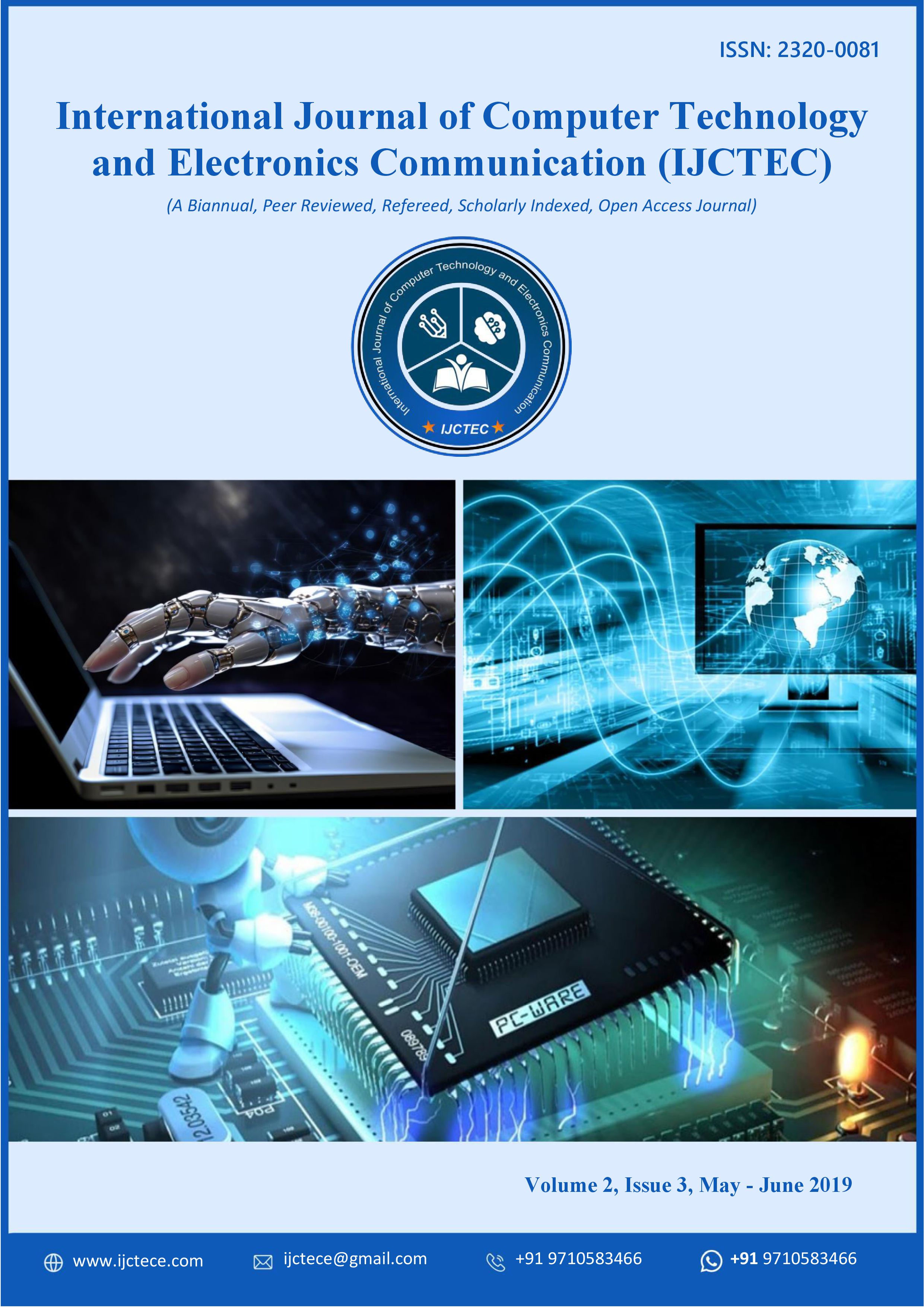Self-Supervised Learning in Generative AI: A Game-Changer for Creativity
DOI:
https://doi.org/10.15680/IJCTECE.2019.0203002Keywords:
Self-Supervised Learning (SSL), Generative AI, Creativity, Generative Adversarial Networks (GANs), ,Variational Autoencoders (VAEs), Transformer Models, Music Composition, AI and Creativity, Deep Learning, Art GenerationAbstract
Self-supervised learning (SSL) has emerged as one of the most promising paradigms in artificial intelligence (AI), offering the ability to learn from vast amounts of unlabeled data and providing a new pathway to generative models that can create truly original content. In generative AI, SSL has become a game-changer, particularly for creative industries like art, music, literature, and design. This paper explores the role of self-supervised learning in generative AI, its impact on creativity, and how it is reshaping traditional creative processes. By leveraging the unlabelled data present in the world, SSL enables AI systems to learn sophisticated data representations that are foundational for generating high-quality and diverse creative outputs. In generative models, SSL allows the AI to predict or reconstruct parts of data based on its surrounding context, thereby teaching it to generate new instances that maintain underlying patterns and structures.The paper first provides an overview of self-supervised learning and its mechanism in the context of generative AI. It then delves into how SSL is applied to various generative models such as Generative Adversarial Networks (GANs), Variational Autoencoders (VAEs), and Transformers. Further, the paper explores its transformative impact on creative industries, allowing for the automatic generation of art, music, literature, and even design, offering more innovative, scalable, and personalized creative solutions. The potential benefits of SSLpowered generative AI are immense, offering new possibilities for artists and creators. However, the paper also discusses challenges such as the need for large unlabelled datasets, model interpretability, and ethical considerations. By the end of this paper, we aim to illustrate that self-supervised learning is poised to revolutionize the creative fields, enabling a more collaborative relationship between humans and machines.
References
1. Berthelot, D., et al. (2017). "BEGAN: Boundary Equilibrium Generative Adversarial Networks." In Proceedings of the International Conference on Learning Representations (ICLR).
2. Alwar Rengarajan, Rajendran Sugumar (2016). Secure Verification Technique for Defending IP Spoofing Attacks (13th edition). International Arab Journal of Information Technology 13 (2):302-309.
3. Hinton, G. E., et al. (2018). "Learning to Generate Reviews and Discovering Sentiment." In Proceedings of the International Conference on Machine Learning (ICML).
4. Mohit, Mittal (2018). Federated Learning: An Intrusion Detection Privacy Preserving Approach to Decentralized
AI Model Training for IOT Security. International Journal of Advanced Research in Electrical, Electronics and Instrumentation Engineering 7 (1):1-8.
5. Kingma, D. P., & Welling, M. (2013). "Auto-Encoding Variational Bayes." In Proceedings of the International Conference on Learning Representations (ICLR).
6. G. Vimal Raja, K. K. Sharma (2014). Analysis and Processing of Climatic data using data mining techniques. Envirogeochimica Acta 1 (8):460-467.


